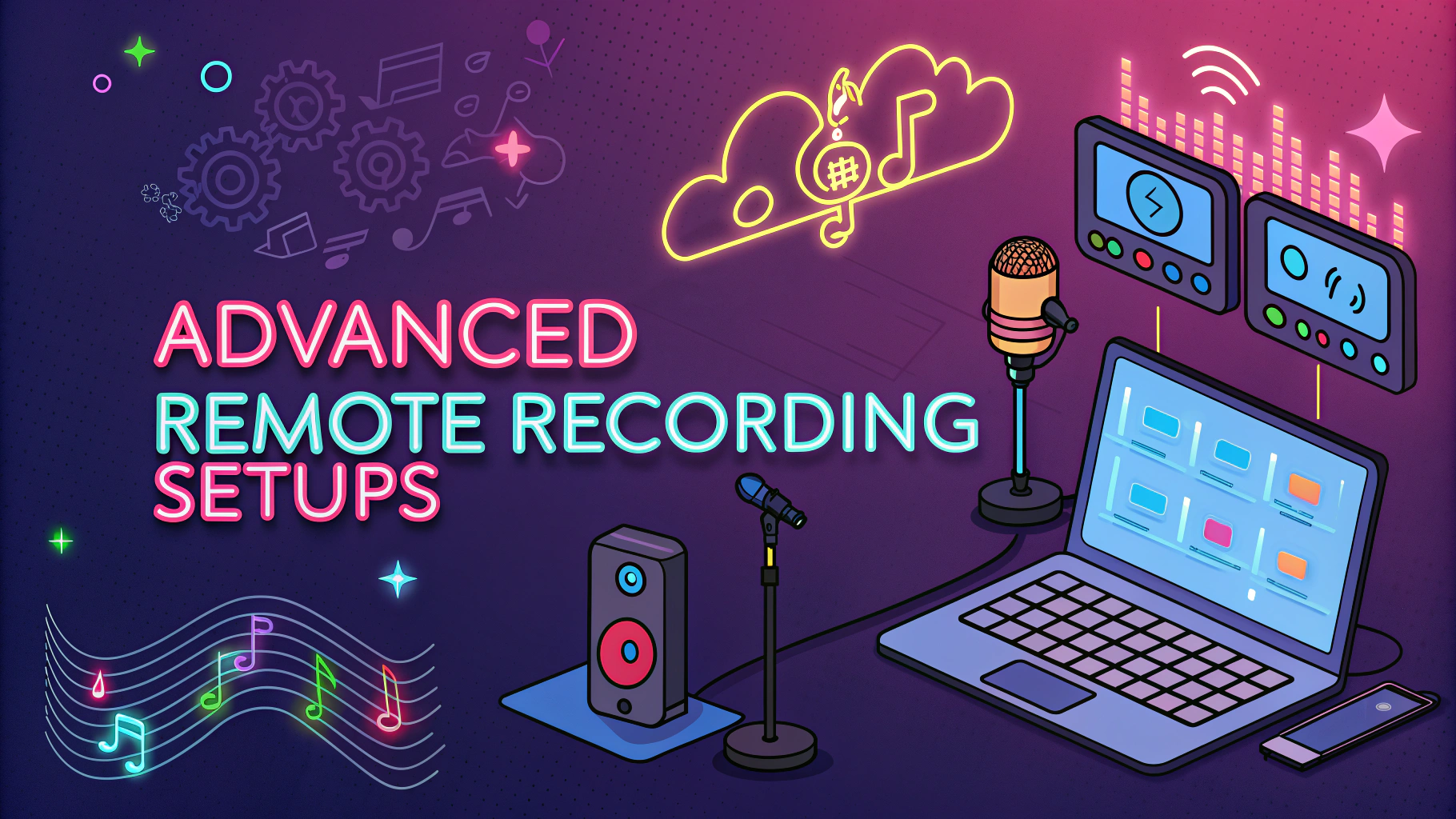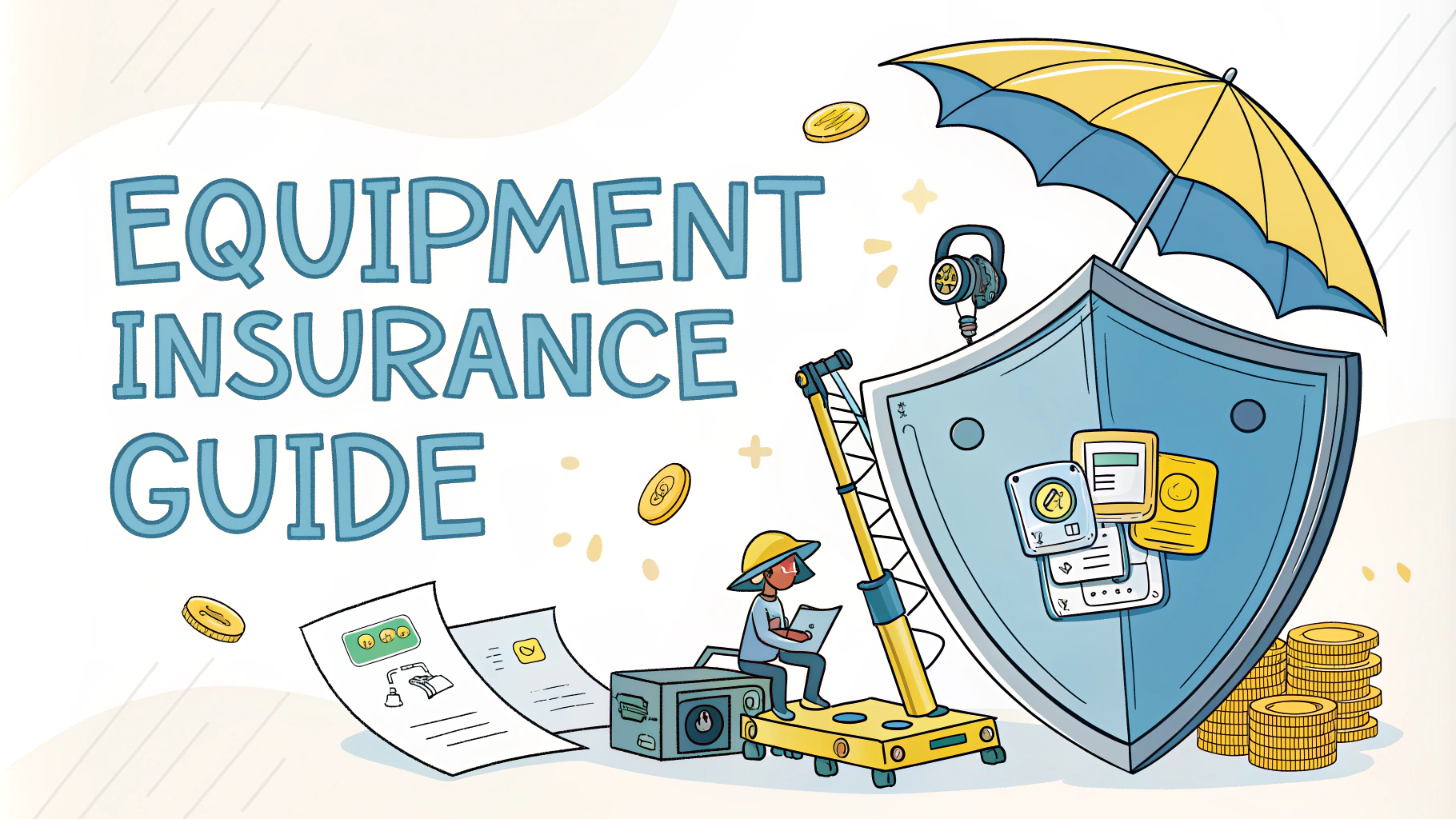Building a successful podcast network requires strategic planning, consistent execution, and deep understanding of both content creation and business development.
A podcast network acts as a collective hub for multiple shows, sharing resources, audience growth potential, and revenue opportunities across its portfolio.
This guide outlines proven strategies to grow your podcast network while avoiding common pitfalls that often derail new network launches.
Setting Up Your Network Foundation
Start by defining your network’s unique value proposition and target audience demographics.
- Choose a specific niche or theme that connects your shows
- Develop brand guidelines for consistent messaging
- Create a content calendar for coordinated releases
- Establish technical standards for audio quality
Building Your Show Portfolio
Select shows that complement each other while maintaining distinct identities.
- Launch with 3-5 core shows initially
- Mix established podcasts with promising new talent
- Focus on consistent release schedules
- Cross-promote between shows strategically
Technical Infrastructure
Invest in reliable hosting and distribution systems.
| Essential Tools | Recommended Options |
|---|---|
| Hosting Platform | Libsyn, Buzzsprout, Anchor |
| Recording Software | Zencastr, Squadcast, Riverside |
| Analytics | Chartable, Podtrac, Spotify Analytics |
Monetization Strategies
Develop multiple revenue streams to ensure sustainable growth.
- Dynamic ad insertion across network shows
- Sponsored content partnerships
- Premium subscription models
- Live events and merchandise
- Patreon or membership programs
Marketing and Growth
Implement a multi-channel promotion strategy.
- Social media presence for each show and network
- Email marketing campaigns
- SEO optimization for show notes
- Guest appearance exchanges
- Targeted advertising on podcast platforms
Network Operations
Establish clear operational procedures and communication channels.
- Content management systems
- Show production workflows
- Quality control processes
- Creator support resources
- Performance metrics tracking
Building for Long-Term Success
Focus on sustainable growth rather than rapid expansion.
- Regular review of show performance metrics
- Continuous improvement of production quality
- Development of new talent and shows
- Building strong relationships with advertisers
- Staying current with industry trends and technology
Contact top podcast hosting platforms for network-specific pricing:
- Libsyn Enterprise: [email protected]
- Buzzsprout: [email protected]
- Acast: [email protected]
Content Quality Control
Maintaining consistent quality across all network shows is crucial for long-term success.
- Implement standardized editing guidelines
- Regular quality audits of published episodes
- Feedback systems for show improvement
- Technical support for creators
- Training resources for production teams
Network Expansion Strategy
Scale your network thoughtfully with strategic show additions.
- Identify content gaps in your current lineup
- Evaluate potential show acquisitions
- Develop talent incubation programs
- Create spin-off opportunities from successful shows
- Partner with established independent podcasters
Legal and Administrative Framework
Protect your network with proper documentation and agreements.
- Creator contracts and revenue sharing models
- Intellectual property protection
- Content licensing agreements
- Privacy and data protection policies
- Advertising guidelines and standards
Community Building
Foster engagement between shows, creators, and listeners.
- Regular network-wide virtual events
- Creator collaboration opportunities
- Listener feedback integration
- Social media community management
- Network-exclusive content for loyal followers
Advancing Your Podcast Empire
Success in podcast network management requires dedication to quality, strategic growth, and adaptability to industry changes. Focus on building strong relationships with creators, listeners, and advertisers while maintaining flexibility to evolve with market demands.
- Regular strategy reviews and adjustments
- Investment in emerging technologies
- Network brand strengthening
- International market expansion
- Innovative content formats exploration
FAQs
- What are the key elements needed to start a podcast network?
You need multiple high-quality podcast shows, consistent branding, technical infrastructure (hosting platform, recording equipment), content strategy, and a monetization plan. - How many podcasts should a network launch with?
Industry standards suggest starting with 3-5 quality shows to demonstrate variety while maintaining manageable operations, then expanding gradually. - What are the most effective revenue streams for podcast networks?
Primary revenue sources include advertising (both direct and programmatic), sponsorships, premium subscriptions, merchandise, live events, and licensing content. - How can podcast networks attract advertisers?
Networks can attract advertisers by showcasing combined listener metrics, offering diverse audience demographics, providing cross-show promotion opportunities, and maintaining detailed analytics. - What technology infrastructure is essential for running a podcast network?
Essential technology includes enterprise-level hosting platforms, analytics tools, content management systems, automated ad insertion capabilities, and robust distribution channels. - How should podcast networks approach content distribution?
Networks should ensure presence on all major podcast platforms (Apple, Spotify, Google), develop a strong RSS feed system, and implement cross-promotion strategies between shows. - What are effective strategies for growing network listenership?
Key strategies include cross-show promotion, search engine optimization, social media marketing, email newsletters, guest appearances on other podcasts, and leveraging existing audiences. - How important is branding consistency across network shows?
Branding consistency is crucial for network recognition and growth, including standardized intro/outro formats, consistent sound quality, unified marketing materials, and cohesive visual identity. - What metrics should podcast networks track for growth?
Essential metrics include total network downloads, unique listeners, audience retention rates, cross-show listener overlap, advertising performance, and revenue per thousand listeners (RPM). - How can networks effectively manage multiple show productions?
Networks should implement standardized production workflows, maintain content calendars, establish quality control processes, and utilize project management tools for coordination.








